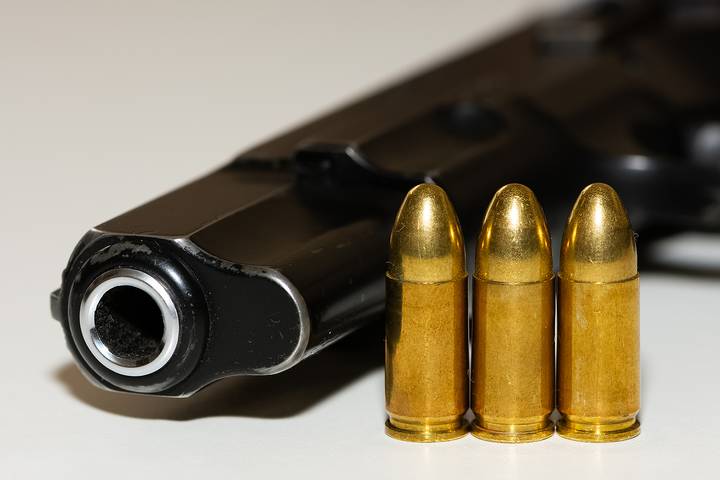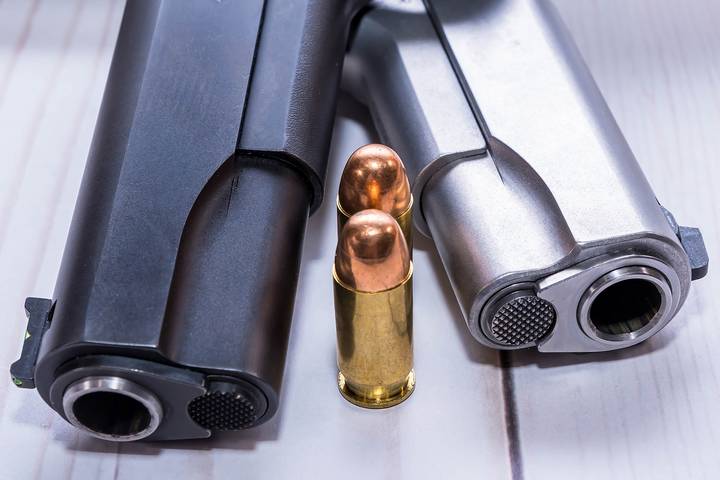Gun violence is a growing problem in many countries around the world. It is a complex issue affecting everyone in our society, whether directly or indirectly. Daily, lives are lost to gun violence, which goes beyond the tragic mass shootings we hear about on the news so often.
Gun violence can also include unintentional shootings, suicide, and personal conflicts. Though the statistics may sometimes seem dire, there are things that we can do as a society to reduce the death and injury toll of gun violence.
Gun violence has become a significant concern across the world. Mass shootings and gun-related crimes have increased significantly in recent years, leading to widespread demand for effective prevention strategies. Whether it’s mass shootings, gang violence, or accidental shootings, the consequences of gun violence can be devastating. While it is impossible to eliminate gun violence, the strategies outlined here can be implemented to reduce the number of incidents and mitigate the impact of gun violence.
Let’s learn the best gun violence protection policies.
Gun Violence Prevention Strategy #1: Gun Control Laws

One of the most effective strategies we can put in place to prevent gun violence is the implementation of stricter gun control laws. This can include requiring background checks for all gun purchases, closing loopholes that allow people to buy guns without a background check, and banning high-capacity magazines and assault weapons.
Laws that regulate the sale, possession, and use of firearms make it more difficult for criminals and individuals with a history of violence or mental illness to access guns. This is a critical component in reducing the amount of gun violence in society. Laws surrounding the safe storage of firearms can help reduce the number of accidental shootings, especially involving children.
We know that gun control laws work. Places with stronger gun control laws have lower rates of gun deaths than places without adequate laws.
Gun Violence Prevention Strategy #2: Weapons detection technology

Weapon detection technology can be used in various settings to help prevent gun violence. Metal detectors and X-ray machines are commonly used in airports and other transportation hubs to screen passengers and their belongings for weapons.
Technological advances in weapons detection have brought us thermal imaging cameras that work by detecting the heat signature of objects, including firearms, and displaying the information on a monitor. This weapon detection system is particularly useful for detecting concealed weapons, as it can identify heat signatures even through clothing and other obstructions.
Weapons detection technology helps keep people safe at concerts, sports events, or schools.
Gun Violence Prevention Strategy #3: Increased Funding for Mental Health Services

Access to mental health services could go a long way in reducing gun violence. Mental illness is often cited as a factor in mass shootings and other gun violence. Early intervention to address these mental health issues could prevent many incidents.
Mental health interventions can include counselling, medication, and crisis intervention services. Increasing funding for mental health services would help prevent gun violence by providing better support and treatment for individuals at risk of committing violent acts due to mental health issues. With better access to mental health services, people can seek out the support they need to manage their mental health conditions, which could prevent the escalation of potentially violent behaviour.
Additionally, we need to talk about mental health more. By getting the topic out in the open, we reduce the stigma and discrimination often associated with mental illness. This inevitably leads to greater understanding and support for individuals with mental health conditions and can help promote a safer and more compassionate society for all.
Gun Violence Prevention Strategy #4: Community-Based Violence Prevention Programs

Community-based violence prevention addresses the underlying social and economic factors contributing to violence. These factors include unemployment, poverty, and lack of access to education and healthcare.
These programs can include initiatives to promote youth development, job training and placement, and community policing. Community-based violence prevention programs are effective because they involve community members in the prevention process and address the root causes of violence.
Gun Violence Prevention Strategy #5: Education and Training

Education and training can be practical and effective tools in reducing gun violence by teaching people about gun safety, conflict resolution, and de-escalation techniques. By providing education and training, individuals can learn how to handle firearms safely and responsibly, which can prevent accidents and unintentional shootings. Conflict resolution and de-escalation techniques can help diffuse potentially violent situations and prevent them from escalating.
Gun Violence Prevention Strategy #6: Responsible Media Coverage

The media has always played a significant role in shaping public perception and attitudes toward gun violence. Responsible media coverage can help prevent gun violence by focusing on the victims and the impact of violence rather than glorifying the perpetrators or sensationalizing the incidents.
By avoiding coverage that glamorizes violence, the media can reduce the likelihood of copycat incidents and prevent normalizing gun violence. Responsible media coverage can also help raise awareness about the root causes of gun violence discussed above and promote constructive dialogue and action toward prevention efforts.

